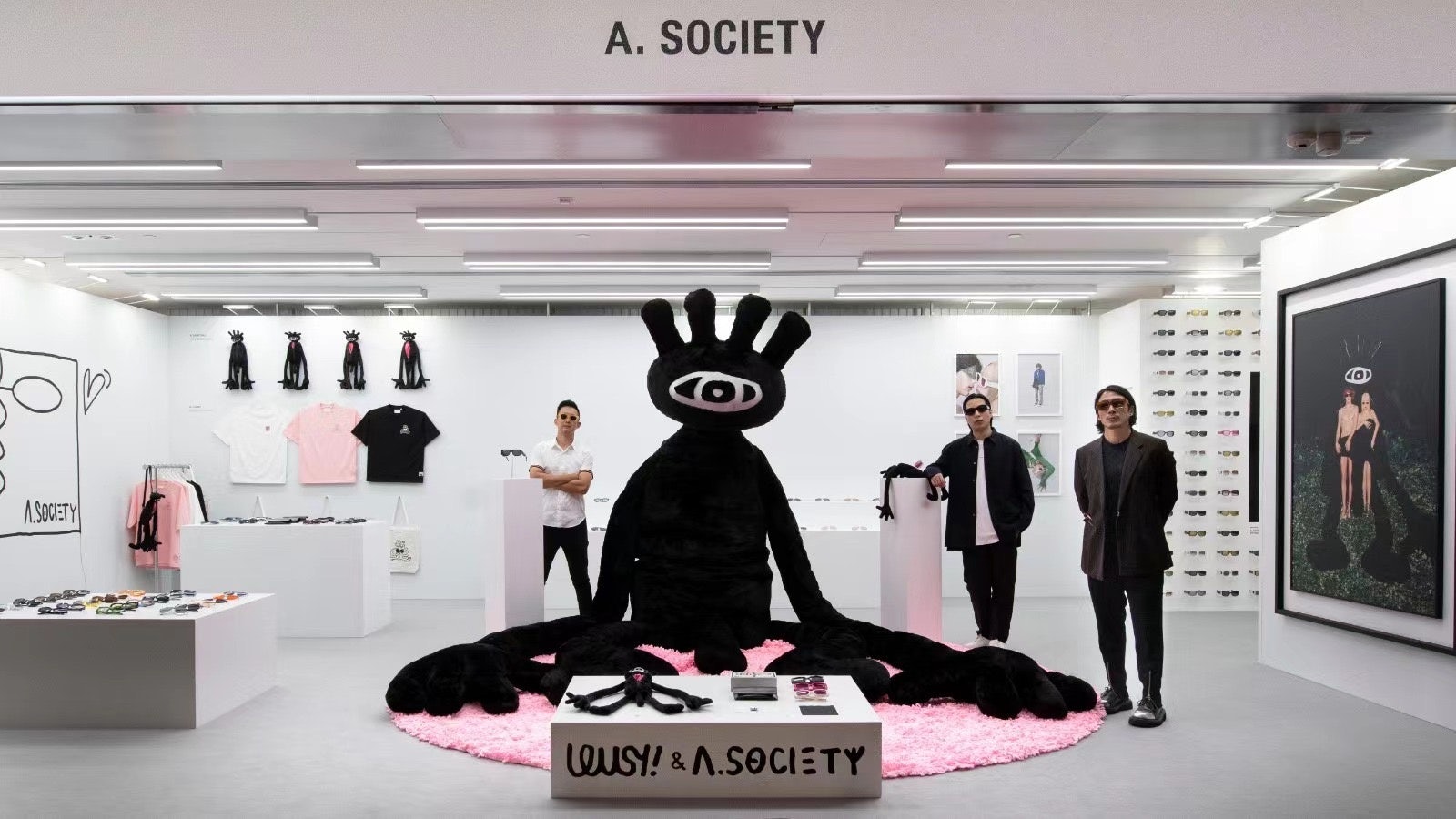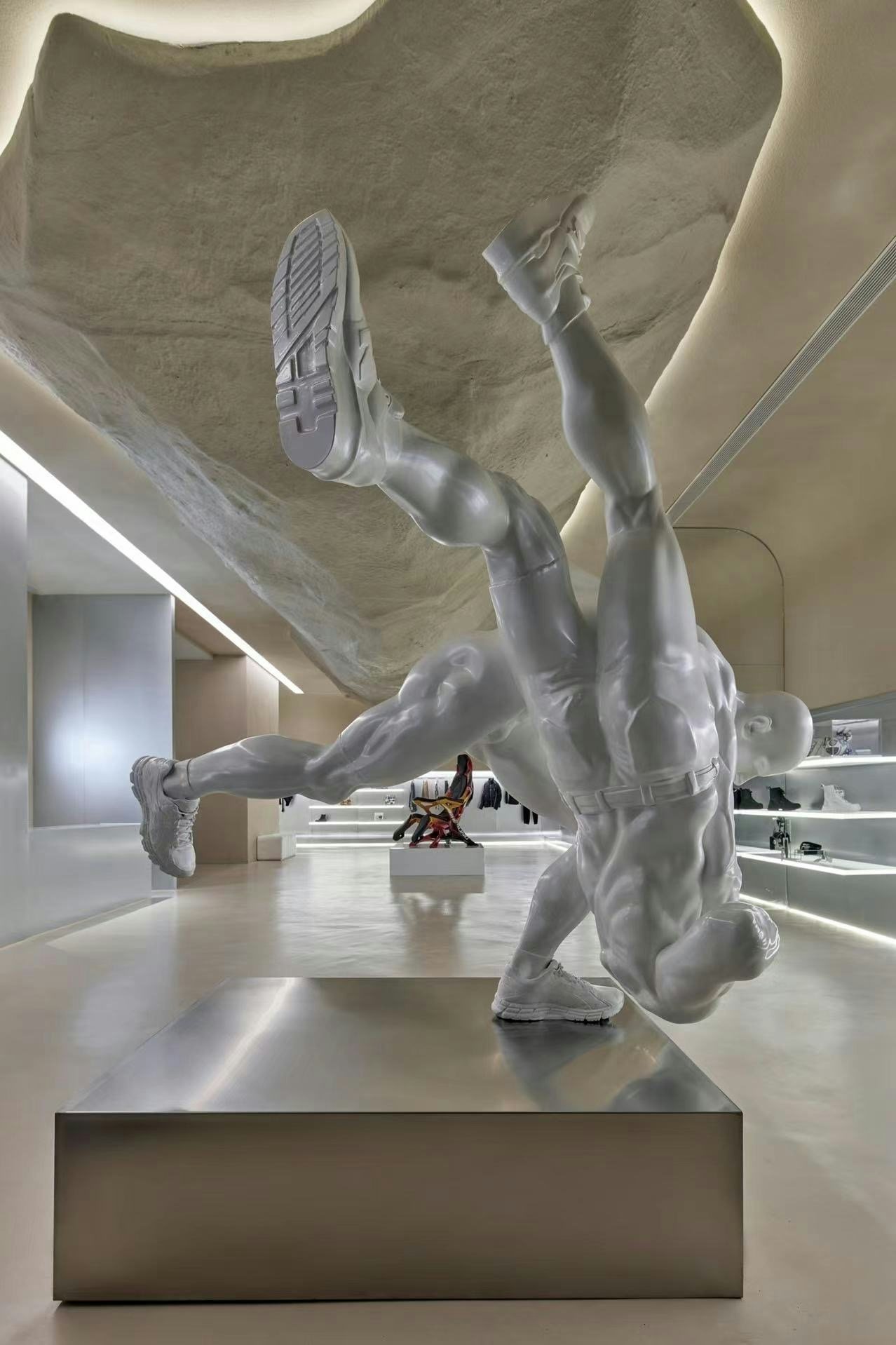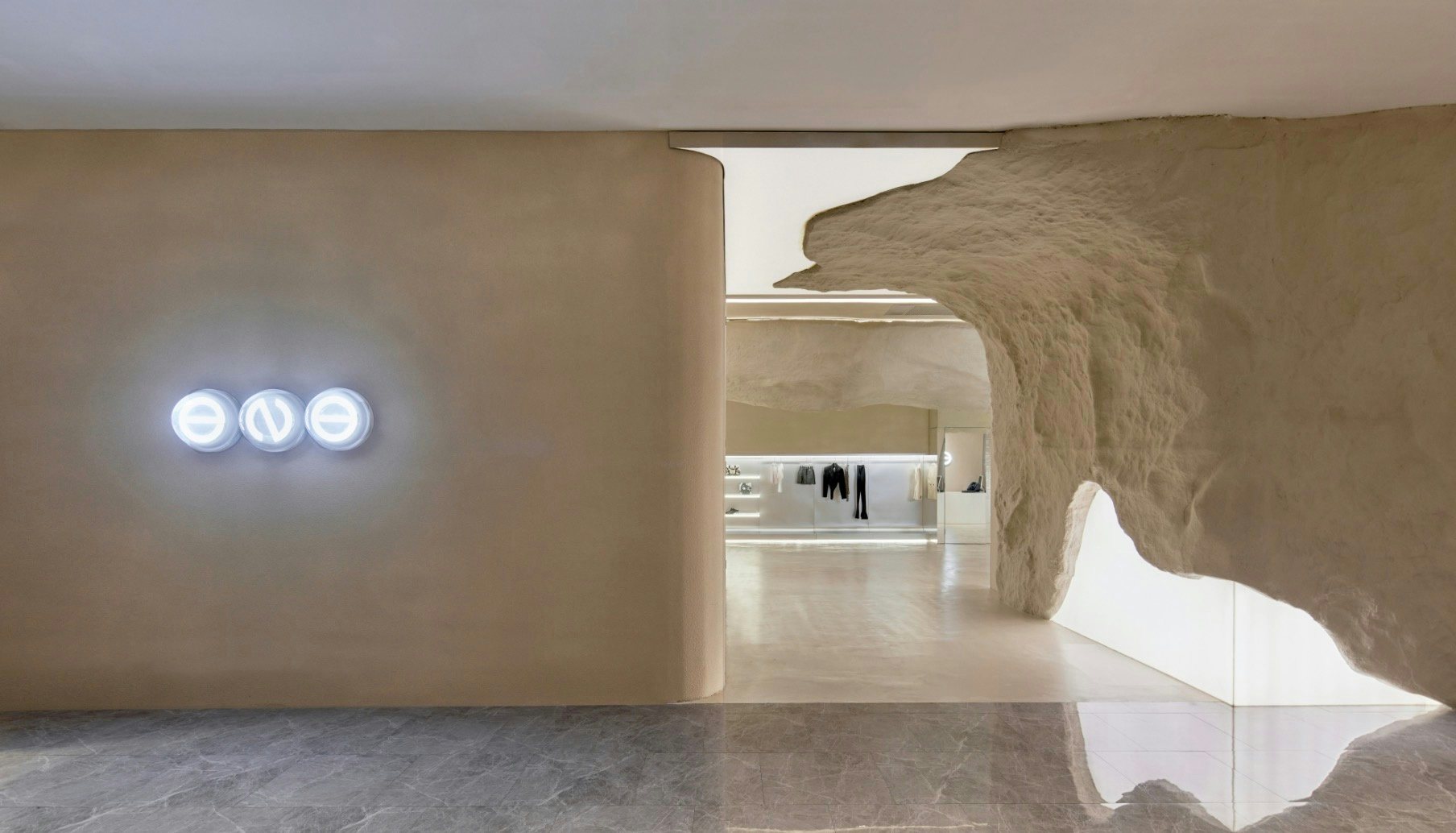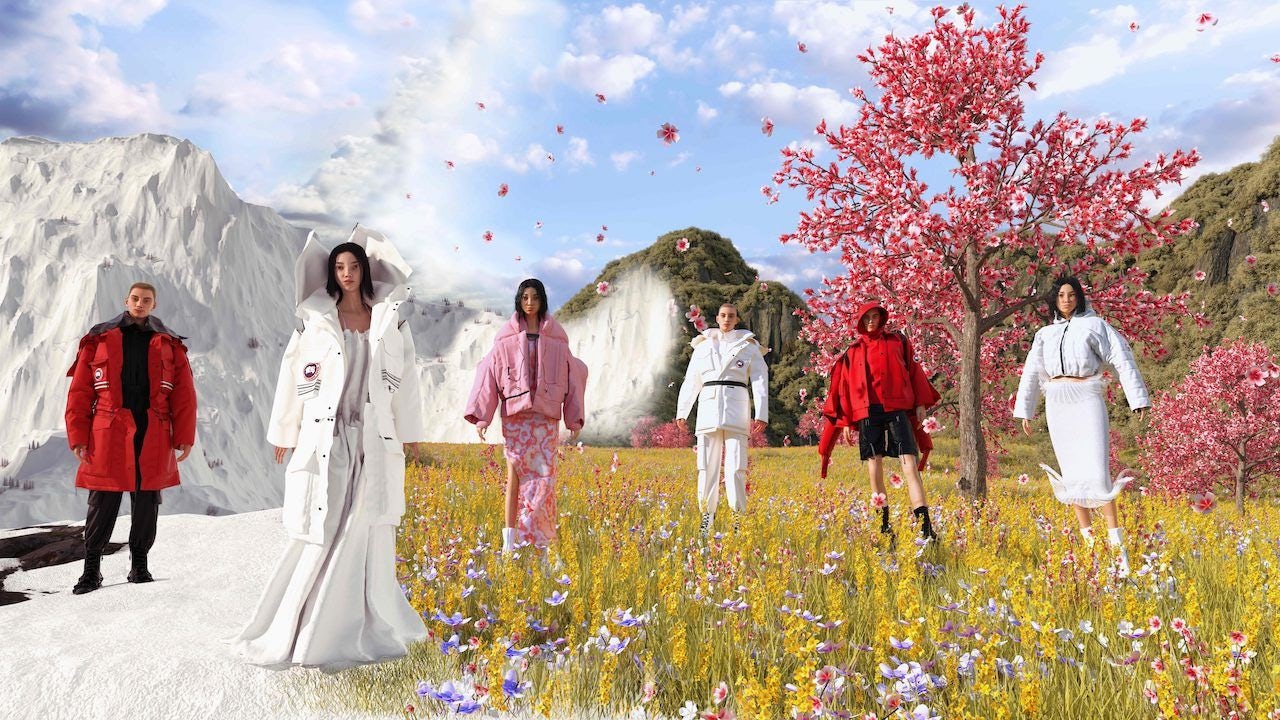China’s consumers born before 1997 are an increasingly powerful cohort of luxury spenders. It’s a demographic that views brands as lifestyle platforms, providing experiences, activations, and collaborations beyond their primary product offering. For retail, it’s crucial to understand what makes Chinese Gen Z tick.
The upsurge of concept stores breaking boundaries in China’s retail landscape – such as ENG Concept, CanalStreet坚尼街, Das Lab, and CLAP — proves that classic multi-brand stores with indulgent architectural interiors are just not enough to grab attention.
With two physical stores in Shanghai and a third in Hangzhou’s IN77, ENG Concept is one name spearheading disruptive retail in the mainland. Stocking indie fashion favorites such as Aries, Casablanca, Misbhv, Rui and Martine Rose, alongside esteemed tastemakers Helmut Lang, Eckhaus Latta and Mugler, it serves a selection that encapsulates the taste of fashion-forward Gen Z.
Spring 2021 saw ENG promote Mugler’s Spring 2021 collection, throwing a preview party for the brand’s Chinese consumers. The innovative retail space also hosted an art exhibition at the store’s official opening in 2019, unveiling it with an in-store party featuring a live performance by British rapper Lancey Foux.

From pop-up exhibitions to star-studded parties, Gen Z wants more from retail than just photogenic settings and good customer service. It’s all about tapping into the subcultures that derive from fashion and contributing to their growth.
To figure out how to drive China’s youth to stores, Jing Daily spoke to ENG Concept founder Sherry Huang, and co-founders of artistically alternative Chinese sunglasses brand A.Society, Kenny Kowk, Victor Chu, and Dee Lam.
1. Independent labels#
There’s currently a lack of retailers snapping up independent labels in China, but they’re the Instagram generation’s trendsetters. At London Fashion Week 2023, independent designers such as Dilara Findikoglu and Richard Quinn were the best at capturing the attention of Chinese netizens, despite neither even being stocked in the mainland.
Kwok, the co-founder of A.Society, said that it’s small, independent labels which truly entice China’s young shoppers. “The new generation appreciates storytelling reinforced by craftsmanship and strong brand values,” he said.
For ENG Concept, that has been one of its major unique selling points. As Huang explained, “Considering the amount of retail businesses opening in China and their fast development, I think proposing something exclusive or different from the regular offer existing on the market is more than crucial.
“Chinese consumers get bored really fast so we have to constantly propose something that is attractive and yet different, that’s how we have accumulated such a big crowd since our opening.”
2. Vintage#
According to A.Society’s team, young Chinese consumers are developing a bigger interest in pre-loved garments. “Chinese consumers are expanding their knowledge of streetwear, including the growing popularity of vintage clothing that is actively shared through Xiaohongshu,” said Kowk.
The co-founder noted that China is seeing a revival of classic and retro styles which reinforces nostalgic aesthetics and Chinese heritage. Kowk added that the decline of the sneaker market is potentially even down to “major fashion brands constantly introducing new drops to bring freshness to everyone’s wardrobes” — according to him, that’s not necessarily of Gen Z taste. In with the old, out with the new.
3. Collaboration#
Stores releasing collaborative collections isn’t revolutionary, yet it’s the expansion of artistic collaboration and experiential offerings that is making retailers stand out right now. For A.Society, collaboration is a crucial part of its youth-focused strategy. As Lam told Jing Daily, “From art and fashion to music, we would like to tap into the minds of like-minded visionaries to create designs that reflect what the new generation desires.”
Partnering with artists for exhibitions or C-pop stars for events is a way of presenting the subculture identity of a store. As ENG’s Huang said, “It’s not just about proposing something different but also to educate our audience on the products that we propose in the store. We’re not just selling garments, but also the image that goes with it.”
Damon agrees that collaboration should not be limited to capsules and other clothing lines. Instead, it’s about working with talent that can attract art or fashion fanbases in order to gain the attention of a desired target consumer.

Check out Jing Daily’s weekly Collabs and Drops newsletter — a 360-degree lowdown on the world of collaboration. For more analysis on the latest collaborations, sign up here.


